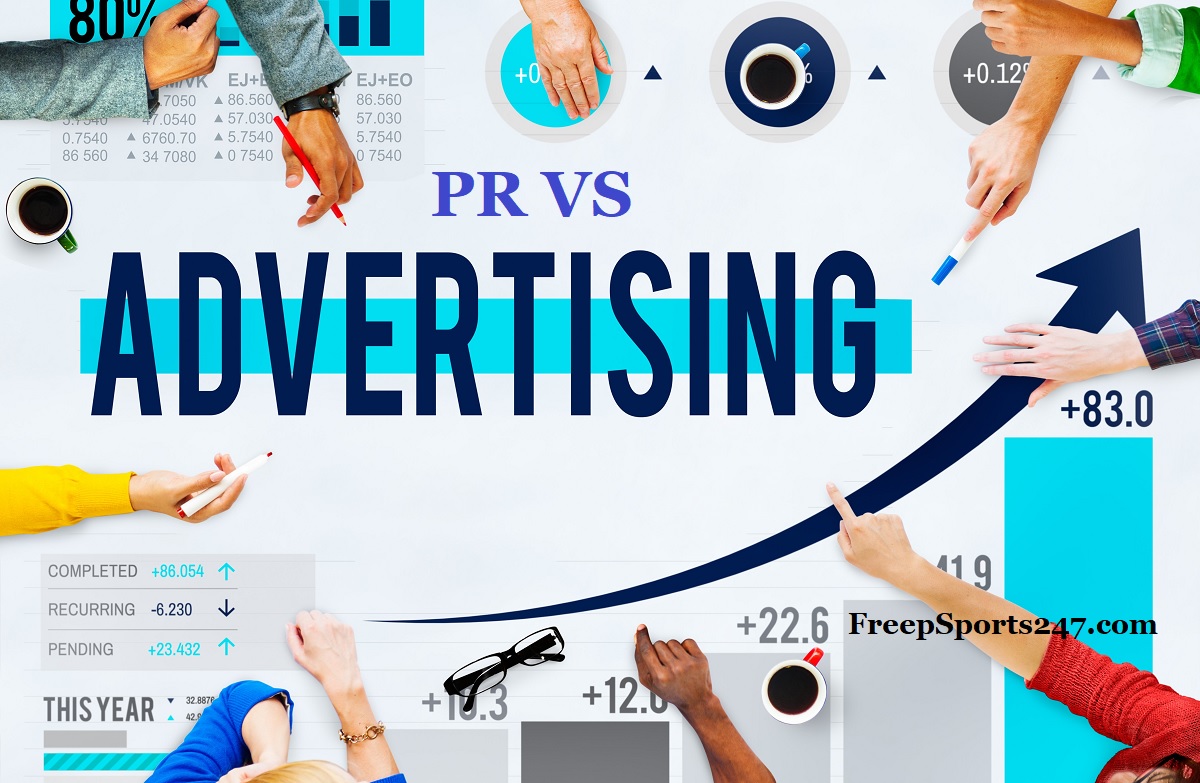Public relations and advertising are typically used by businesses as their main promotional techniques to connect and engage with both current and future customers. Building long-lasting connections with customers and maintaining a positive brand image are priorities shared by both of them.
Between PR And Advertising
This article explores the concepts of Between PR and Advertising, as well as the key differences between the two fields and how to choose between various jobs within each.
What Is Public Relations, Exactly?
Public relations, or PR, aims to establish a strong, useful, and positive relationship between a company and the general public. As a public relations specialist, maintaining the company’s positive image and using messaging that adheres to the defined brand voice are among your top priorities. Consequently, this enhances the organization’s capacity to interact with its intended audience and upholds its standing as a trustworthy information provider.
What Does Advertising Aim To Achieve?
PR vs Advertising is the practice of using sponsored advertising to market and sell a product, service, or brand using a range of media platforms and channels, including print, radio, television, and online advertisements. Using advertising, you may pay to market your messaging and content to specific audience segments. This enables you to draw in a sizable number of potential customers who will be more likely to purchase your products since they recognize their value.
PR Vs. Advertising: How They Vary In Five Key Ways:
Public relations and advertising usually have a close relationship since they operate in comparable businesses. There are some circumstances in which one method works better than another. Advertising and public relations are not the same in a few key aspects.
Cost Of Implementation:
If you would like your advertisements to appear on certain print or digital media outlets, you will need to purchase the air time or ad space to run from one date to another. Public relations is getting free publicity through media exposure from press conferences, press releases, or news publications.
Control Over The Text And Pictures:
Since you are paying for your advertising, you often have total control over its style and content. You may even create the advertisement yourself. You provide the media access to your story through public relations, and they decide how, when, and where to share it.
Length Of Media Coverage:
The amount of money you pay generally determines how long an advertisement will broadcast or appear. The articles you publish in the media often run for a shorter period since they are usually remarkable and are only proclaimed and circulated once before journalists move on to the next.
The Intended Viewership:
Employees usually target smaller audience groups with their marketing to establish a more personal connection with each consumer. Public relations specialists typically trade stories for publishing on several media platforms to reach a broad audience and raise awareness of the company and brand.
Campaign Objectives
Commercials primarily aim to promote a brand or product and emphasize the advantages it offers to consumers. The goals of public relations are to generate a positive image and foster relationships by fostering trust.
How to Choose Between PR and Advertising
Their roles and responsibilities differ despite their commonalities. Examine how the job duties align with your interests and skill set before deciding which to pursue. When choosing Between PR And Advertising, use the following steps to make an educated decision:
Evaluate Your Degree Of Experience:
When choosing which type of employment to pursue, assess how well your current skill set fits the requirements for each profession.
The Advertising Sector Often Relies on Ideation And The Creation Of Unique Campaigns, Hence Employees In This Field Must Have The Following Skills:
- Proficiency in collaborative work.
- Communicating verbally and in writing.
- The originality.
- Motivation and aspiration.
- Coming up with a strategy.
Most work in the public relations field is more closely tied to building relationships and maintaining the public’s positive impression of the organization. To ensure that all conversations and materials sent to audiences are professional, employees often need to be very observant and helpful.
Analyze The Obligations And Functions That Come With Each Career:
Understanding your abilities and capabilities enables you to compare them with the responsibilities of different roles in each business. Look up the titles and duties of all the positions in public relations and advertising. The bulk of public relations duties include creating strong relationships between organizations and the media, scheduling media appearances, writing press releases, and planning events to raise money or publicity for charitable causes.
In addition to performing similar tasks, advertising professionals may focus more on coming up with concepts for engaging and creative campaigns. Some of the most important duties of advertising professionals include creating eye-catching graphics, distributing funding for different campaigns, scheduling advertising space, and writing captivating ad content.
Decide How Much Ingenuity You Want To Put Into Your Job:
Think about your interests and talents while determining if a career in advertising or public relations is right for you. If you want to use your creativity for most of your job, an advertising profession can be perfect for you. Since advertising frequently requires coming up with unique thoughts and tactics that set a firm apart from the competition, many advertising positions want creative individuals. If you want to use your creative writing or design skills, an advertising career is great.
Consider pursuing a career in public relations if you find that organizing, evaluating, and carrying out ideas comes more naturally to your right side of the brain. Public relations allows you to plan events and make the most of your organizational skills. Examples of these events include press conferences and fundraising drives. By scrutinizing documents before they are released to the public, you can also use your attention to detail to ensure that they are correct and reflect the business favorably.

